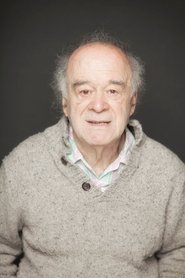Profile

Tonino De Bernardi
Tonino De Bernardi (1937, Italy) made his first work at the end of the 1960s. His underground films were often projected in museums and art galleries. In his films, De Bernardi mixes life with his interest in literature, music and art. In 1987 he made his first official feature, Elettra, after Sophocles. Born : 24th-May-1937


















 Kodiapps app v7.0 - Available for
Kodiapps app v7.0 - Available for 
